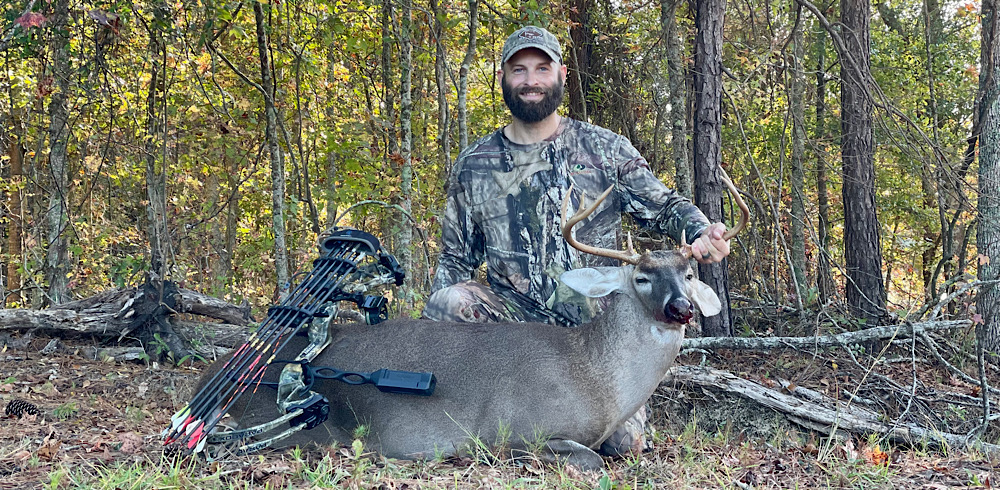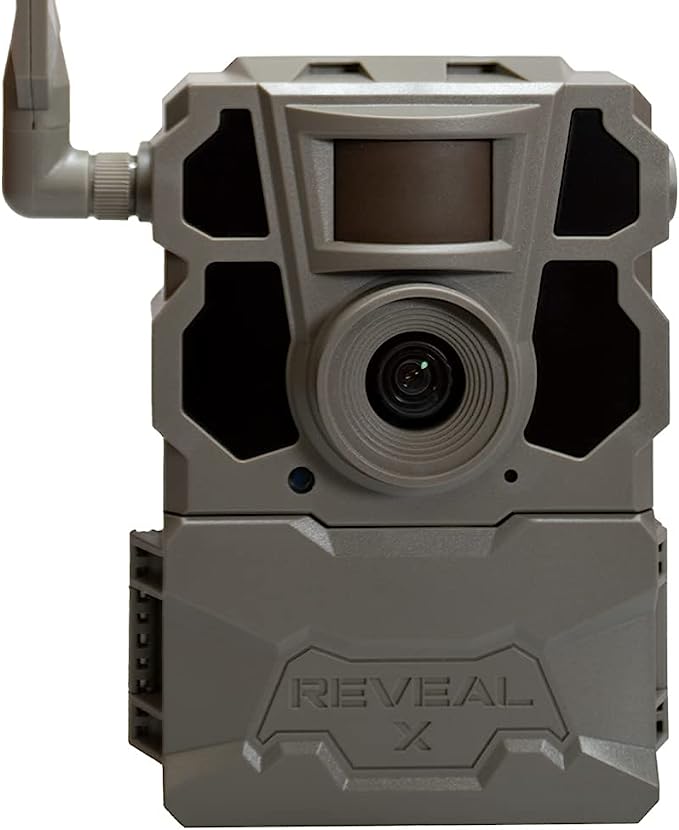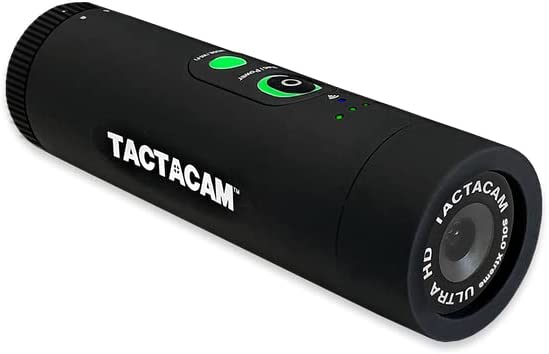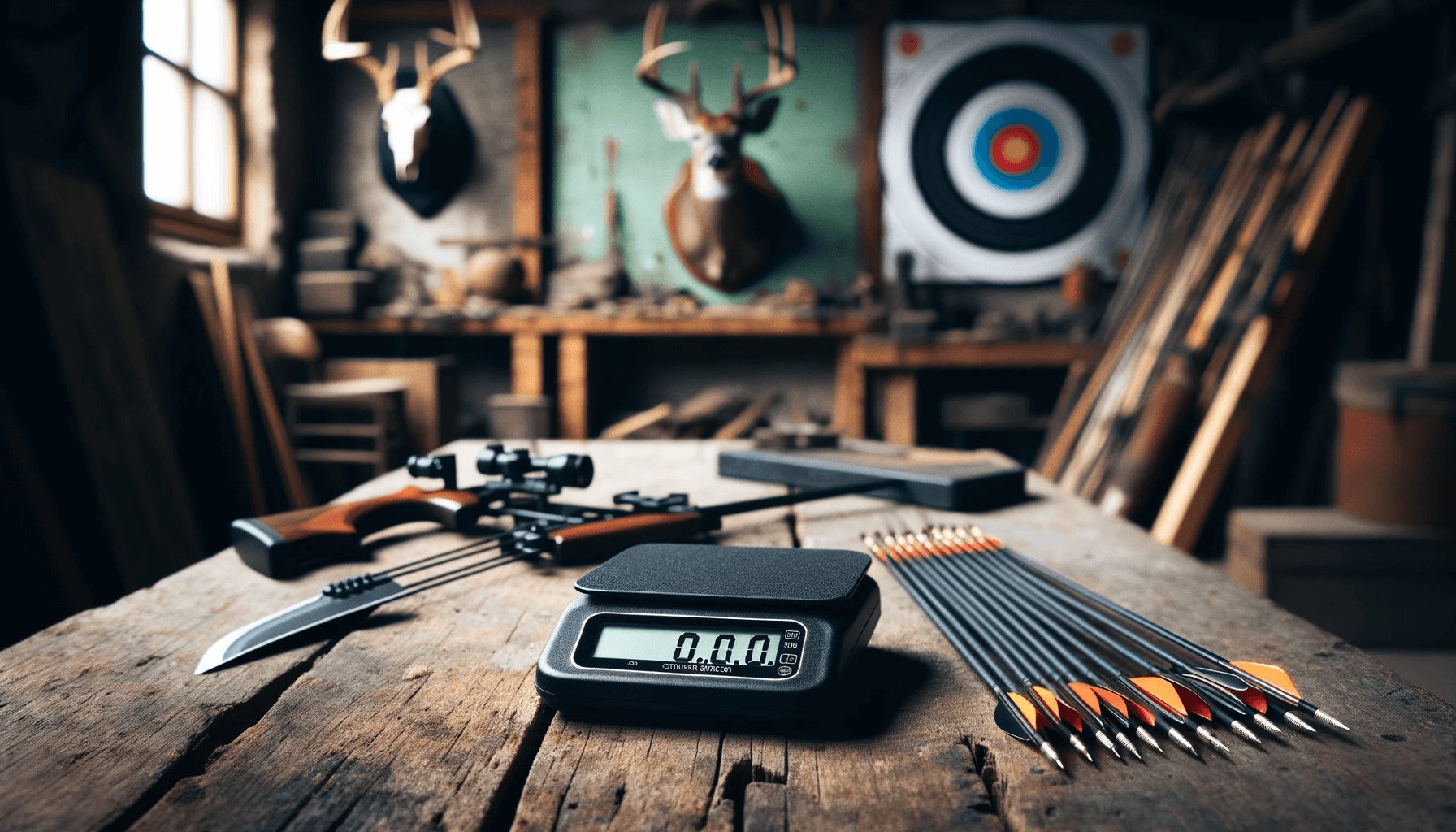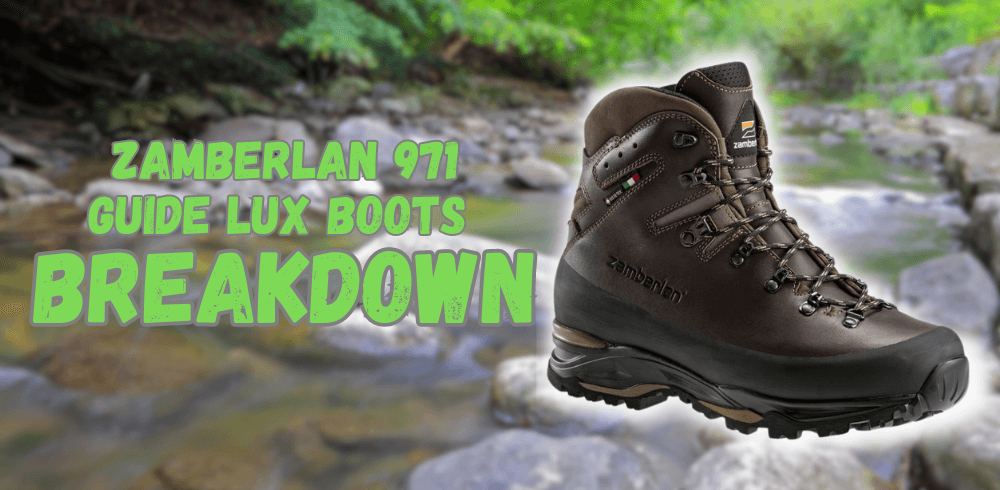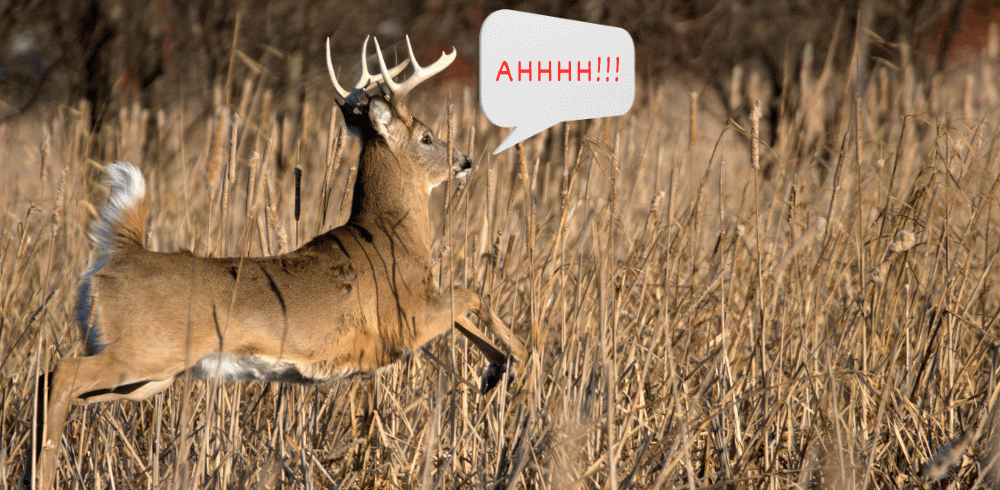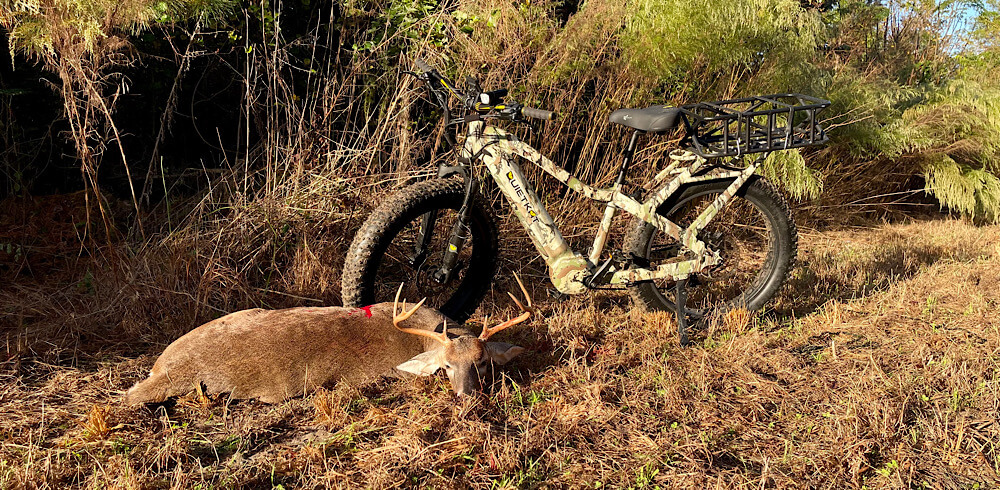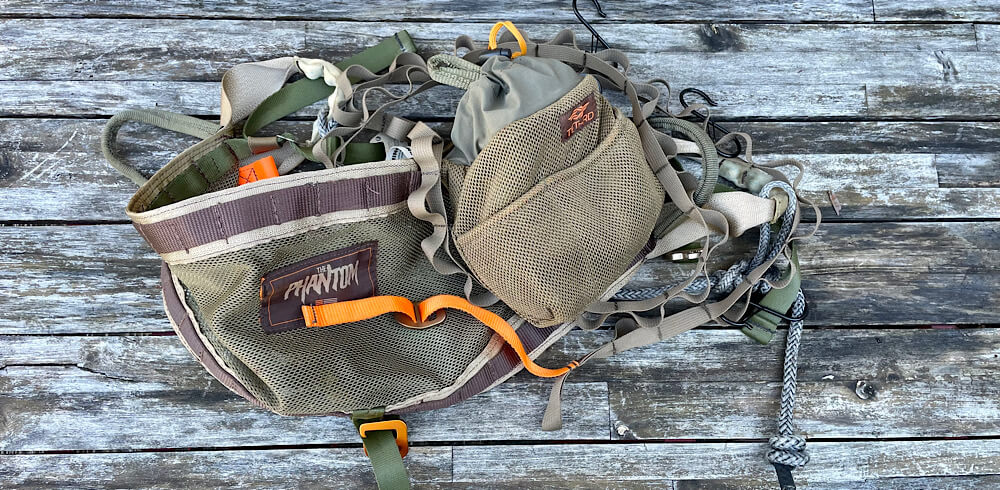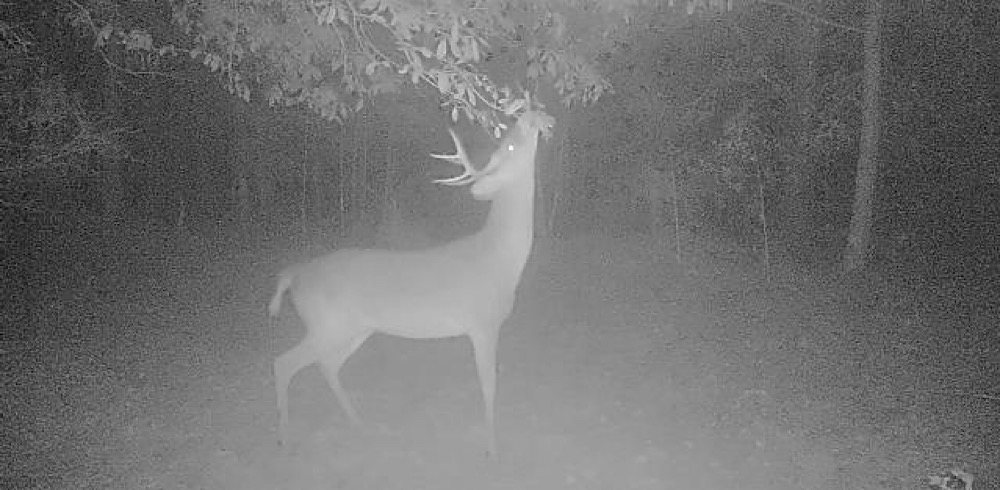How To Deer Hunt For Beginners
Getting started in any new pursuit is always going to be a challenge. But there seems to be something even harder about jumping into the world of deer hunting.
I think it has to do with the fact that 21st-century humans, we’ve stepped away from the whole go-out-and-get-your-food era of existence, and without the guidance of other humans who have been doing it for decades, the learning curve feels to steep to overcome.
I’m assuming that if you’re reading this, you likely didn’t grow up with a dad, uncle, or grandpa that taught you the ropes of hunting.
Well, don’t sweat it because I’ll take my decades of experience and boil it down into some of the most fundamental aspects of deer hunting that you need to understand to be successful. To have any semblance of success in the deer woods, you have to first understand what it is you’re hunting – the deer itself.
Understanding Deer Behavior
Deer are creatures of habit, often following the same pattern unless disturbed or pressured. Their behavior is influenced by factors like food availability, weather conditions, and hunting pressure, with hunting pressure being one of the largest contributing factors to a whitetail changing its patterns.
Here’s a real-world example. A couple years ago, I found a honey hole off the side of a two track road. It was a hillside that ran down into a creek bottom that offered plenty of bedding for both does and bucks.
The first time I went in and set up, I had deer blowing at me on my entrance – not exactly what you want (why do deer blow?). However, in spite of that, I arrowed a nice buck at 8:20AM while he was feeding on acorns.
I hunted there several more times, but with every sit, deer sightings decreased, causing me to have to shift where I was hunting. My scent blowing around while I was hunting, along with all the ground scent that I left behind with every sit caused more and more deer to skirt the area. This is the affect of hunting pressure, but it doesn’t just pertain to hunting.
There have also been many times I’ve hung a camera over great sign, only to get a picture that night, and then no others. You see, deer don’t know whether you’re hunting, scouting, or birdwatching. They just know that a known predator found where they like to hang out. So, they adjust accordingly.
Studies show that they don’t necessarily vacate the area, but they definitely change how they use it.
Movements and Active Times: The Deer’s Day-to-Day
Generally, deer are crepuscular, meaning they’re most active during dawn and dusk. However, during the rut, bucks can be seen chasing does all day.
Depending on where you’re hunting – field edge, natural food source, staging area, bedding area – you may or may not see deer outside of sunrise and sunset.
A whitetail’s primary focus is on staying alive. Before food. Before water. They need to keep from being eaten. So, they don’t like to be in open areas where they can’t get hidden in a hurry. That’s why field-edge hunters can see deer just after sunrise and just before sunset, but generally at no other times.
But in general, deer feed five times per day, which means they’re not just laying down until the sun begins setting. They’re up and moving about, but it’s usually back in the cover close to bedding. They’ll mill around eating natural foods, such as acorns, grasses, leaves, and twigs.
They’ll also work their way to staging areas. Staging areas are kind of the last stop within the cover before stepping out into an open area. Staging areas in ag country are usually the timber 30-100 yards from the field edge where they believe they are still hidden, but can quickly and easily walk out into the field just before sunset.
In bedding areas, it’s much easier to see deer during the middle of the day. I’ve placed many cameras around bedding areas where I’ve gotten both bucks and does walking around at all hours of the day. Hunting them is much harder than other areas because it’s much easier to make them aware of your presence, which can lead them to change bedding areas altogether.
Does vs. Young Bucks vs. Mature Bucks
If you’ve hunted much at all, especially on private land where feeders or food plots are present, you’ve likely seen your fair share of fawns and does. You’ve also probably seen some younger bucks as well. Fawns and does are usually going to be the first deer to a food source, followed by young bucks. They’re just not as wary as older bucks. Even mature does allow the fawns and younger does to take the lead to a food source. It’s not because they’re polite, though. It’s because they’re more cautious. Younger bucks are typically a little more cautious, but they still tend to make stupid mistakes, such as walking with the wind at their back and stepping out into the open earlier in the day.
But what about the bucks that dreams are made of? Well, those big mature bucks are a different breed. They might as well be a different species altogether. You have to hunt them that way at least.
They one thing you need to understand is that big, mature bucks didn’t get that way by doing what other deer do. They take caution to the extreme. They move differently and use the terrain differently than all other deer.
As a newbie, it can be easy to try and go for mature bucks from the beginning, but trust me. That’s only going to lead to burn out, frustration, and an early end to your hunting career. Remember this – always hunt your level. If you’re brand new, a doe is as good as any deer. Be successful and celebrate it no matter what deer you harvest, as long as it’s a legal deer.
Once it becomes easier to harvest does, the natural progression would be to move up to young bucks. And then only when it becomes easier to harvest young bucks should you take on the mountainous task of harvesting a mature buck.
Preferred Foods
Preferred foods of the whitetail change based on time of year and availability, but in general, deer love the following foods.
Acorns: White oak acorns, to be exact. They’ll eat a variety of different acorn species, but white oaks are their absolute favorite because of the low amount of tannins.
Tannins are responsible for the bitter taste of acorns, so deer prefer those that contain less tannins. Post Oak trees fall in the white oak family, so deer also prefer those.
Deer love acorns because they are absolutely full of nutrients that they need (protein, carbs, fat) to start bulking up for the rut and winter. White oaks typically start falling around early- to mid-September and continue well into October.
As soon as this happens, that’s where you’ll find most deer activity, so it’s important to already have trees that are holding a lot of acorns marked on the Spartan Forge app well before this, so you can simply slip in, verify the sign is there, and set up in the tree you pre-picked.
My first bow buck was feeding on acorns the morning that I shot him from a ladder stand my wife and I had set up a month prior.
When less desirable acorns are the only acorns around, such as red oak acorns, which are high in tannins, deer will still eat them, but they’re definitely not preferred.
Standing Corn: Standing corn serves as both an endless supply of food and bedding. Deer can stay completely hidden all day in standing corn. They can stand up and remain hidden while they stretch their legs and chew corn right off the stalk, then simply bed back down when they’ve had enough. Locating tracks going into and coming out of the corn is a great way to set up an ambush. Just make sure you’re downwind of those tracks, or at least have a crosswind.
Food Plots: If you’re new to deer hunting, you probably don’t have access to food plots. And if you do, you just need to scout from a distance to see where they’re entering and get set up downwind of where they’re going to come in and where they’re going to be feeding.
Natural Browse: This one is especially important for public land hunters, but also for private land hunters who don’t want to or can’t hunt over a feeder or food plot.
As stated above, acorns are a delicacy to deer, but what about during the early season and late season? During the early season, there is an abundance of natural browse for deer. Greenbrier, honeysuckle, muscadines, grasses, twigs from maples and oaks – these are all great sources of food for deer.
They browse on such a large variety of natural foods that it can be hard to figure out what they’re keying in on unless you observe them feeding or find where they’ve been eating the ends of small branches.
That’s why scouting is so critical. Whether I’m in the woods just to scout or I’m hunting, I’m always observing and learning from what I’m seeing. It’s truly the only way to get better as a hunter.
Write down everything you see and learn in the Spartan Forge app. It’ll help lock it in your brain and it will also give you a way to put many pieces together when strategizing before a hunt.
Seasonal Shifts
The summer finds deer munching on greens and crops, transitioning to hard mast like acorns in the fall, and then to woody browse in the winter, but that’s not the only reason that there is a shift in travel routes and bedding as summer turns to fall.
As the leaves fall, security cover diminishes where it used to be plenty, so deer have to adjust. This is especially true for mature bucks.
Also, as bucks shed their velvet in September, they become less tolerant of other bucks, breaking up from bachelor groups and marking out their own territories.
Studies show that as many as half of all bucks will shift to another area once as summer turns to fall. This doesn’t necessarily mean they relocate to a different property. Some bucks may just move to a more secluded area within the same property.
So, if you’ve had a buck consistently on camera all summer, but he disappears in September or October, it’s time to get out Spartan Forge, lace up your boots, and head toward thick cover that has acorns. That’s likely where he is. Also, you may find him in closer proximity to doe bedding as well.
Playing The Wind
Deer have great senses, but they live and die primarily by their noses. If you don’t take the wind and thermals into account every time you head into the woods, you can forget having any kind of consistent success. Luck will be the only thing you can hope for.
Why Wind Direction Matters
Deer have an exceptional sense of smell. You may have heard to always have the wind in your face because that would mean that you’d be downwind of whatever deer stepped out in front of you.
That’s great advice, but it’s not always possible, and also not always the right approach. You should never hunt with the wind blowing in the direction you think a deer will travel, feed, or bed. As long as you can accomplish that, the wind can really blow in any other direction.
In fact, depending on the situation, the wind blowing in your face might cause a buck to go somewhere different for the evening simply because it would be unsafe for him to travel where you are.
They need to have the wind in their favor, and when they don’t, most of the time, they won’t travel, feed, or bed there.
Sometimes, a crosswind is the perfect wind. If you find yourself in a situation where a crosswind keeps you out of a buck’s nose, but also makes him feel secure, you may just be in the money.
I recently found myself in a situation like that where I had the wind at my buck, but the approaching buck had it cutting across his face, so he felt good enough to feed in the oaks behind me.
Thermals: The Wild Card
Thermals are the rising and falling of air due to temperature. In the morning, as the ground warms, air rises (and with it, your scent). In the evening, the opposite happens. Being aware of this is crucial.
How Wind and Thermals Dictate Stand Placement
Whether you’re hanging from a saddle or a tree stand, thermals have to be on your mind before setting up. Let’s look at an example to help illustrate the importance of thermals.
Let’s say that I’m going to be sitting on the side of a ridge that drops down to a creek bottom that’s full of deer sign. The ridge runs north to south and I’m going to sit on the east side with a southerly wind.
That means that if I’m facing the bottom where deer are going to come from, the wind should be blowing from my right to left, keeping my scent from hitting the deer that should feed on acorns in front of me.
The problem is that in the evening, as the temperature drops, it’s going to drop in the bottom faster than the top, pulling my scent down the hillside.
So, while the wind may be blowing from south to north, the thermals are going to pull that wind more eastward into the bottom before continuing in a southerly direction.
I hope that makes sense. Just know that in the evenings, your scent is going to pull downward with the terrain, and it’s going to rise upward with the terrain in the mornings when the temps begin to rise.
Scouting: Your Blueprint to Success
If you’re going to only take one thing from this, it needs to be the importance of scouting. It is truly the single most important aspect of hunting. Without plenty of it, you’re just guessing every time you set up.
E-Scouting
There are many e-scouting apps available, but I’ve found Spartan Forge to be the absolute best, with the best mapping and the most useful features built to help you find more deer. The free version is great, but if you want to take your scouting to the next level, you can use code SEBH when purchasing the paid version on the Spartan Forge website. You can’t use a code when signing up on your smartphone, so make sure to check out on their site first before logging in on your phone if you want the 20% off.
With e-scouting, you’re not only looking for spots that are more likely to hold deer, such as certain terrain features and transition lines; you’re also eliminating spots that don’t look promising. Flat, open areas with low stem count and areas close to easy access where hunting pressure will likely be high are some areas that can easily be eliminated, increasing the efficiency of your boots-on-the-ground scouting.
Boots-on-the-Ground: What To Look For In The Field
E-scouting is an important first step in the scouting process, but it’s all for nothing without actually lacing up those boots to verify the area is good.
When scouting, you’re looking for any and all deer sign. This includes tracks, game trails, rubs, scrapes, and scat. It’s also important to find food sources and how you believe deer are traveling to and from them.
Scrapes, Rubs, and Tracks
Scrapes and rubs become more prevalent as the rut approaches. Bucks are actively out there marking their territory and checking scent-checking to see what does and bucks are in the area. I prefer hunting scrapes because they act more as community hubs where dominant bucks will check routinely to see who has been around, so they’re great for setting up on.
Rubs can be hit by multiple bucks as well, but they’re usually not hit so consistently like scrapes are, and does don’t use them at all. I love placing cameras over scrapes as I see them pop up in September because it gives me a great way to see what bucks are in the area and how often they’re hitting them.
Tracks are also great for determining the size of deer in an area. If all you see are medium-sized and small tracks, you’re likely looking at does and their fawns. If, however, you come across a huge track, you should pair that with the other sign you’ve found to determine if it was likely a big buck just passing through or if he’s likely living in that area.
Scrapes Defined
Although bucks, does, and even fawns will use scrapes as a means of communication, they’re primarily made by bucks, especially as we get closer to the rut.
It begins with the buck using its front hooves to clear away leaves, twigs, and other debris from a patch of ground. The result is a fairly noticeable, sometimes oval, sometimes circular, patch of bare earth that can range from the size of a beach ball to several feet in diameter.
But it’s not just about the ground. Above this cleared patch, you’ll often find a low hanging branch, referred to as a “licking branch.”
The branch plays a vital role in the scrape-making process. The buck will rub his head and face on the branch, leaving scent from his forehead, pre-orbital (the glands near the eyes), and nasal glands. This is a buck’s way of saying, “Hey, I’m here, and this is my territory.”
He’ll often position himself over the scrape and then urinate. As the urine flows over the tarsal glands located on the inside of the buck’s hind legs, it carries with it even more information, adding another layer to the message the buck is broadcasting.
Does will also check out these spots and leave their own scent. This makes scrapes a hotbed of deer activity, especially during the rut when does are in estrus (heat).
For the new hunter, identifying and understanding scrapes is crucial. When you come across a fresh scrape, it’s important to mark it in Spartan Forge.
To learn how best to hunt them, check out this article on hunting scrapes in October, which also applies to the Rut in November, as well as the post-rut. I love hunting active scrapes because I know there’s always a chance of a buck strolling by to work it and scent-check.
Rubs Explained
Rubs are marks that bucks make by rubbing their antlers and against trees, shredding and scraping the bark away. Typically it’s done on smaller trees – from small saplings to trees 3 to 4 inches in diameter – though not always. Typically, the larger the tree, the larger the buck.
The rubbing process begins when a bucks antlers harden. The buck will rub his antlers against trees to help shed the velvet that covers his once soft and growing antlers. This happens around the beginning to middle of September.
As we get into October and closer to the rut, they keep rubbing as a way of marking their territory and strengthening their neck muscles in preparation for fighting off other bucks.
Like scrapes, rubs also act as communication. When a buck rubs a tree, he’s depositing scent from the glands in his forehead onto the tree. This scent acts as a beacon, signaling to other deer about his presence, strength, and territory. In essence, a rub is both a challenge to other bucks and an advertisement to does.
If you find many rubs in an area as your walking, this is called a rub line. It gives you a good idea of not only the trails this buck likes to use, but also the direction he travels from bedding or food.
If you find a line where the rubbed portion of the trees all face a bottom or a thick area, you likely know which direction this deer is leaving his bed from. On the other hand, if they’re facing a food plot or more open area, you know he’s rubbing on his way back to bed, which gives you a good idea where you should set up for an evening hunt over food, or a morning hunt before he heads back to bed.
Gear Up: Essential Tools for the Bowhunter
From Arrows to Apparel: A Comprehensive Gear List
Ensure you have a well-maintained bow, sharp broadheads, camouflaged clothing, and safety equipment like a harness when hunting from a tree stand.
Quality Vs. Quantity: Making Smart Gear Choices
Invest in gear that’ll last and perform well rather than opting for cheaper, lower-quality options.
I’ve written many articles outlining the best broadheads, bows, boots, stands, saddles, and all sorts of other gear. For a “best of” list of all the above, check out the Best Gifts For Hunters post or the overall Blog catalog to get an idea of what you might be missing.
And if you’ve invested in a QuietKat e-bike, you can check out my article where I break down the best QuietKat Accessories that make life easier.
Different Stages of The Season
There’s the early season, the pre-rut, the rut, the post-rut, the 2nd rut, and the late season. Although you can hunt similarly in all stages, there are certain strategies that work better in each due to the changes in deer behavior and food availability.
Early-Season Strategies: Finding Patterns
Deer will be more patternable, usually focusing on food sources. Water is key in the hotter months and deer typically follow the same pattern every single day. They leave a preferred food source right after first light to go bed down all day, and then they return to food around the last 30 minutes to hour of daylight.
So, understanding food sources, bedding area, and travel patterns are key for this time of year. Finding well-worn creek crossings is a good way of narrowing this down.
This article explains the benefits and strategy behind setting up over water for early season success.
Pre-Rut Predictability: When Bucks Get Bold
As testosterone levels rise in bucks, they become bolder, marking their territory and seeking does. They also begin moving much more during daylight. I wrote an article for Spartan Forge on pre-rut tactics that should be very helpful to you.
The Rut
This is what many deer hunters stake their whole season on. Bucks cruise all day long during the rut, searching for does to breed. This is the time that literally anything can happen. You can have a buck from 5 miles away cruise right past your tree at 1:00PM. It’s happened to me before and fortunately, I was able to call him in with a doe bleat call.
This is the only time of the whole season where an all-day hunt can be productive. If you’re going to block off vacation days for deer hunting, this is the time to do it. I wrote another article for Spartan Forge on making the most of an all-day rut hunt to help hunters set themselves up for success.
Scrapes and rubs become less reliable during this phase because bucks are more concerned with breeding than marking their territories. Although, “hot” areas that saw a lot of scraping will likely stay hot due to the doe numbers. Bucks just may not actively work the scrapes.
The rut is brought on by photoperiod, which is the amount of daylight in a 24 hour period. It’s scientifically proven, so peak rut in your area will be around the same exact date every year. Cold temps or high pressure may make daylight breeding more prevalent. a day or so earlier or later from one year to the next.
But just know, it’s roughly the same day every year. And that brings us to the Lockdown Phase of the rut.
Lockdown Sucks
Lockdown is when most does are in heat and a huge percentage of bucks are bedded up with does for a two or three days as they breed them. They’ll bed up most of the day, only emerging when the doe comes out of the cover to feed. And that’s only if she needs to emerge to feed. She may have natural browse to feed on all day.
So, lockdown can make for very difficult all-day sits, offering very few sightings or none at all. It’s hard to determine when your herd has entered lockdown until you’re hunting it. The best course of action is to keep hunting. Sooner or later, bucks will finish breeding their does and start cruising again to find another.
Post-Rut
Post-rut is after all or most does have been bred. Bucks will begin actively working scrapes again during this period. Using pre-rut tactics during this time can yield good results. You may not see as much mid-day activity, but it’s possible.
What is the Second Rut
The second rut may or may not come around in your area. Where nutrition is high, fawns that were born earlier in the year who did not go into their first estrous cycle at the beginning of November may go into their first around 28 days after the first rut.
Also, any does that were not bred during their first cycle will go back into estrous again. Bucks know this, so you will begin to see midday cruising ramp back up during this period. All-day sits over funnels and pinch points can be resumed during this time.
Late Season Hunting
Late season hunting can be one of the hardest time to harvest a deer, let alone a mature buck, due to the fact that deer have become so worn down over the course of the course of the rut that they revert back to early season patterns of bedding super early in the morning and coming back out only at last light. The big difference, however, is that during the early season, food was abundant, but the late season brings a huge lack in available natural forage as well as planted crops.
So, finding available food sources or bedding is about the only way to get it done during the late season. And morning hunts are usually not productive, so it’s important to stick with evening hunts, so you can slip into your stand or saddle while deer are still bedded down.
Check out this article on late season hunting for more info.
Bedding Behaviors: Where Deer Rest and Why
Does Vs. Bucks: Different Beds for Different Heads
Does tend to bed in thicker, safer areas often closer to food sources, while mature bucks prefer secluded spots away from disturbances.
The Elusive Buck Bed: Insights and Intricacies
Hunting near a buck bed is a high-risk, high-reward strategy. If you can approach without detection, it can be fruitful, but the slightest mistake can push the buck from the area.
Entry and Exit Strategies
Determining your entry and exit are critical to success. Playing the wind and thermals is key, but you also have to take into account the ground scent you leave behind.
The Stealthy Approach: Reducing Disturbances
Plan your entry and exit routes to minimize disturbances. This includes not having your wind blow toward bedded or feeding deer, not brushing against a lot of foliage or limbs, and not walking back out where deer who have gotten up to feed will be alerted. Sometimes this requires you to go the long way in or out.
The Best Routes: Minimizing Scent and Sightlines
Avoid walking through areas where deer are likely to be or where they might cross. Your lingering scent can deter them and they can smell it for days.
Public vs. Private: Finding Your Hunting Ground
Unlocking Public Land: State Resources and How to Use Them
Many states offer ample public lands for hunting. Check local regulations and use tools like Spartan Forge to find good and bad spots within them. Marking off easy-to-access spots that are likely to see higher human pressure are just as important to find as good, remote terrain features.
The Pros and Cons: Balancing Public and Private Hunts
While private lands might offer less pressure, public lands can be a rewarding challenge and are accessible to everyone. If you have private land, I’d say start there because you have more control over the pressure. If you don’t, start with harder-to-access, thick areas that offer rolling or steep terrain, water features, and oaks. Using Spartan Forge to e-scout these areas before arriving is crucial.
Final Thoughts for the Novice Hunter
Hunting is a lifelong pursuit, but that doesn’t mean you can’t have success very early on. Sticking to the fundamentals of playing the wind, hunting over current sign, and finding preferred food sources will get you to filling a tag faster than you think.
And don’t be picky. That’s perhaps my best piece of advice for the new hunter. If it’s legal, take it. Buck or doe. Get the experience and enjoy the fresh venison.
Respect the animal, the land, and other hunters. Learn from each outing, and remember that the journey and the experiences are just as valuable as the harvest itself.
Need More Help?
The mission of Southeastern Bowhunting is to build a community around an intense passion for hunting and to help as many people as possible on their journey. If you’re new to bowhunting, please check out my Guide To Getting Into Bowhunting. Feel free to reach out with any questions you may have on social media or our contact page, and good luck out there!

